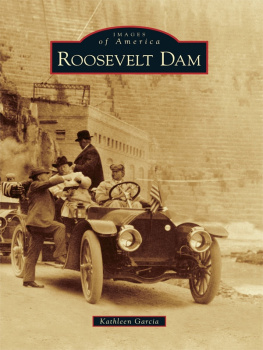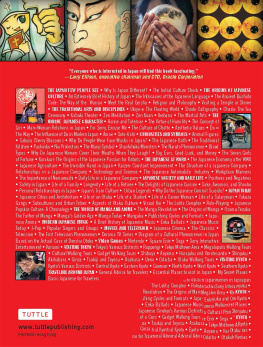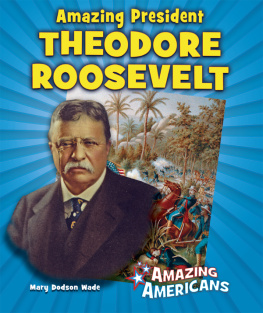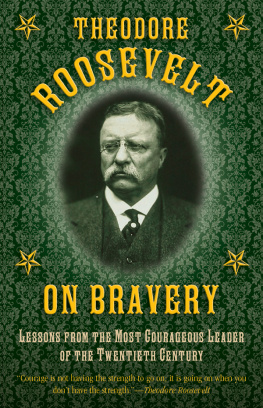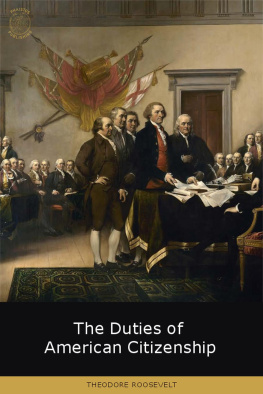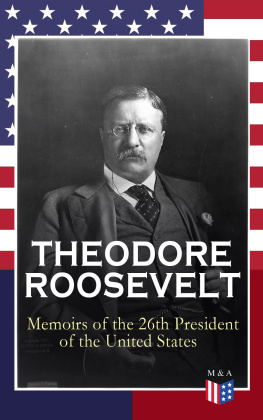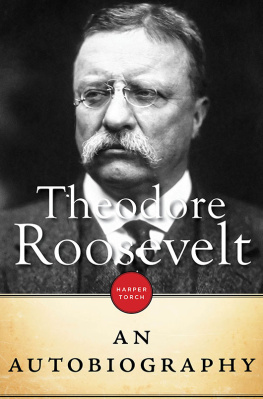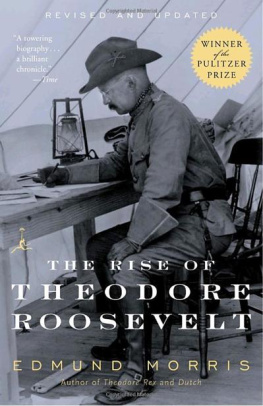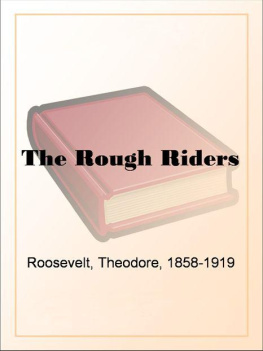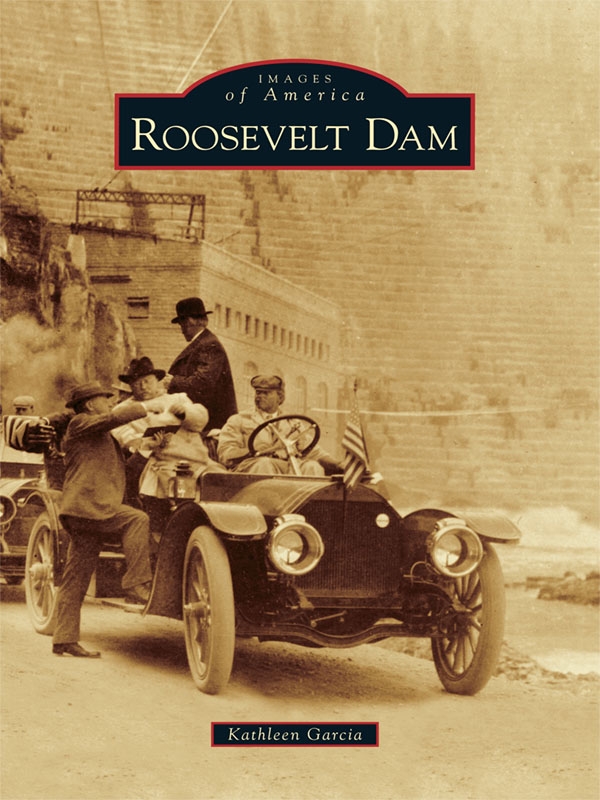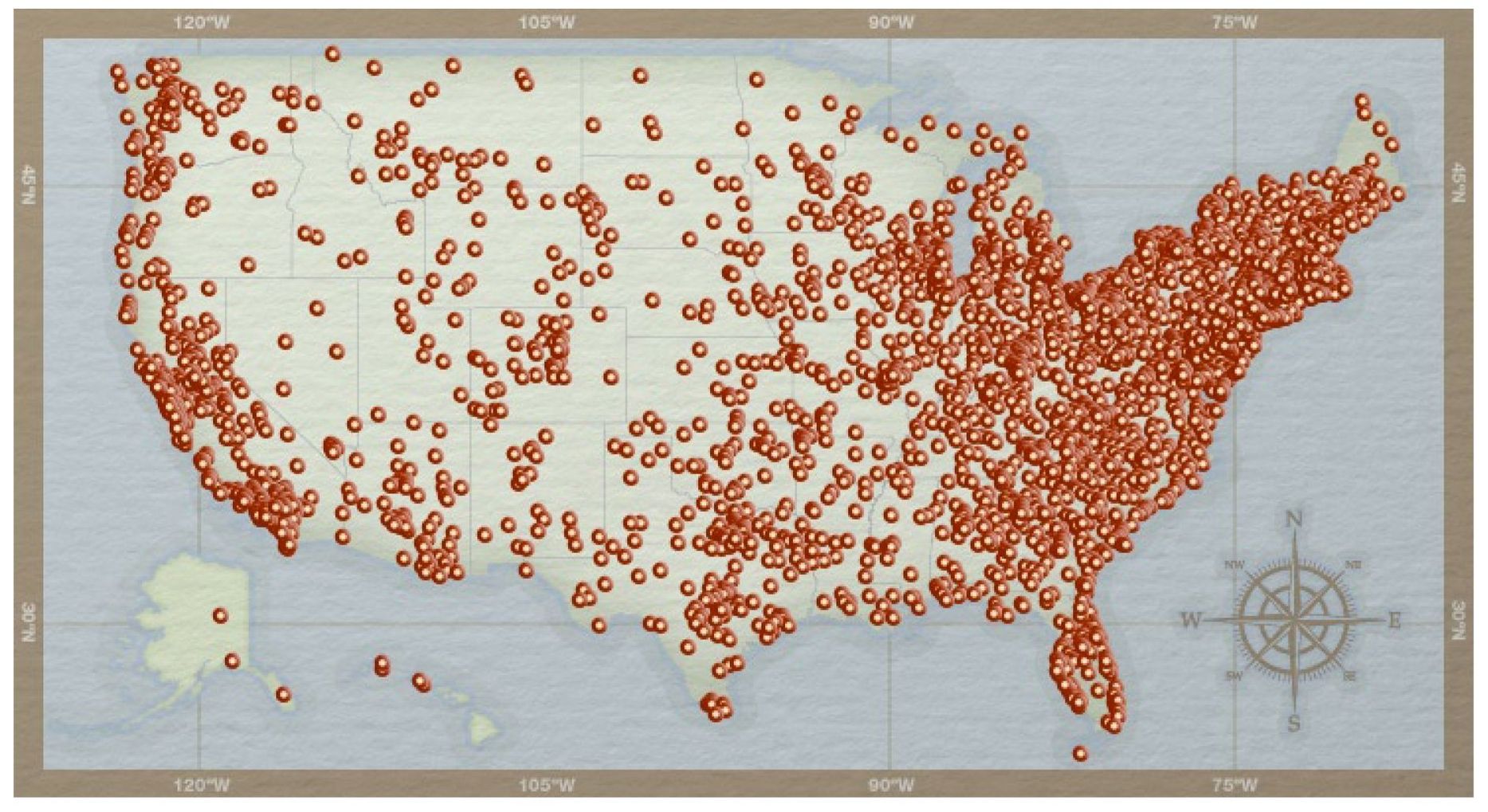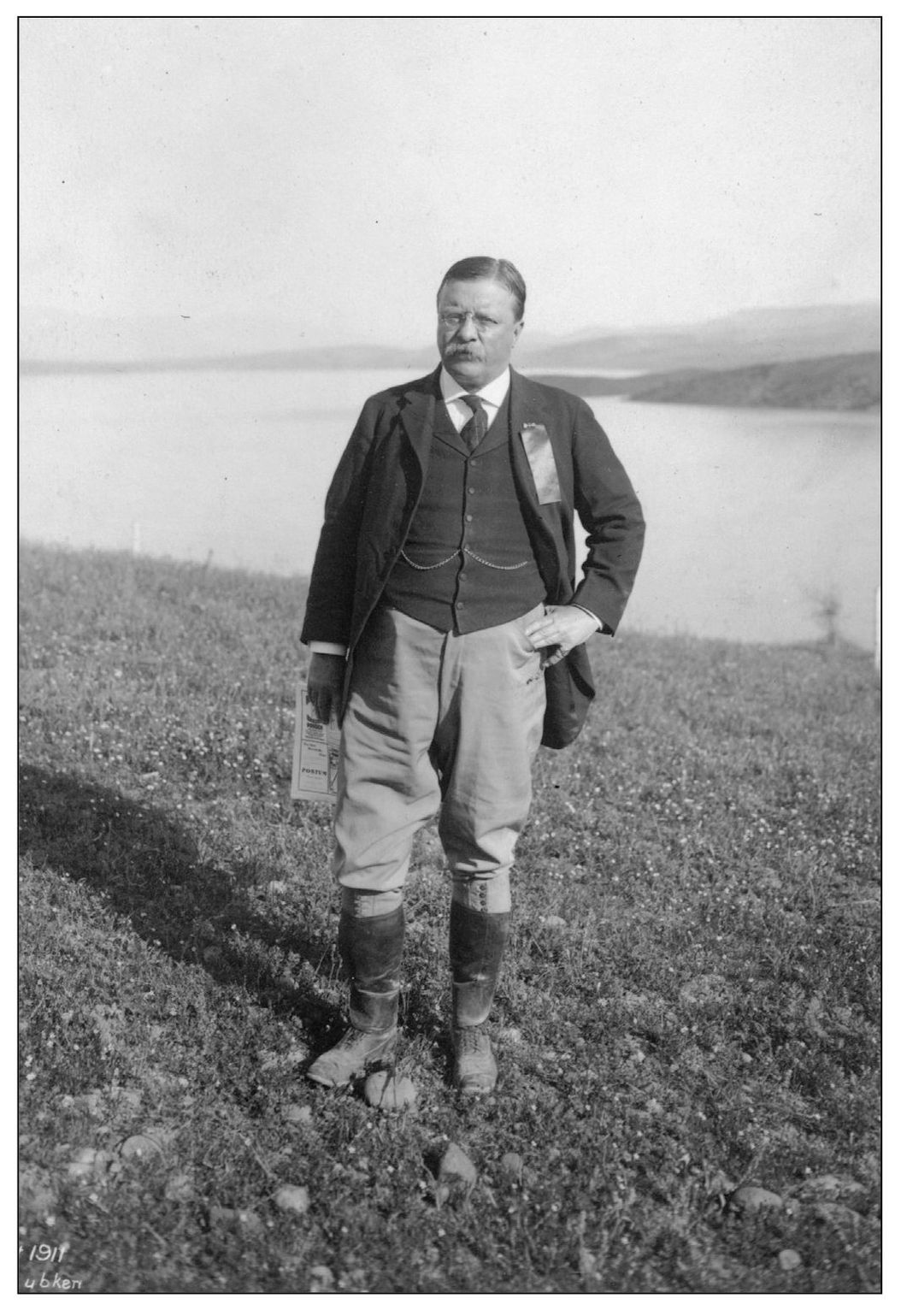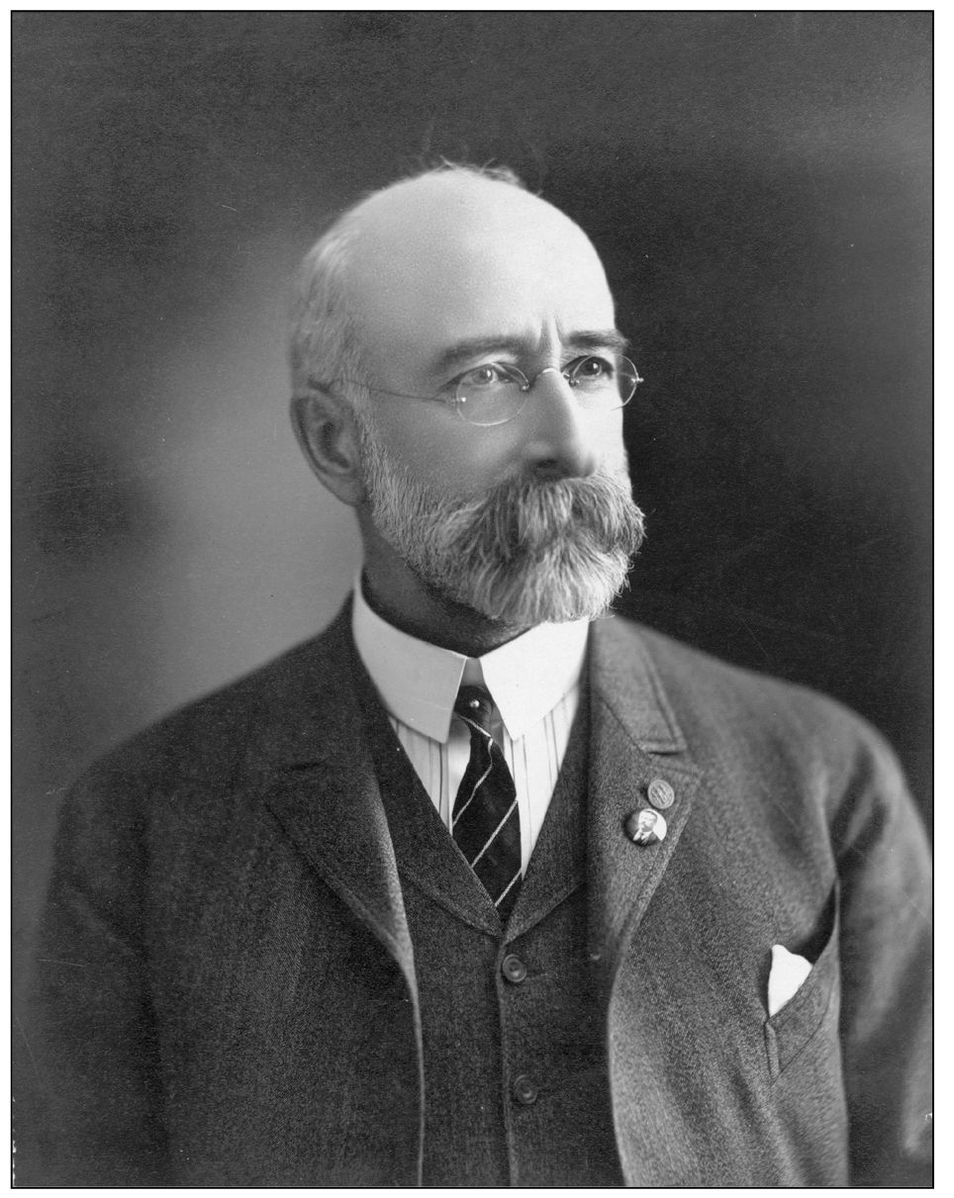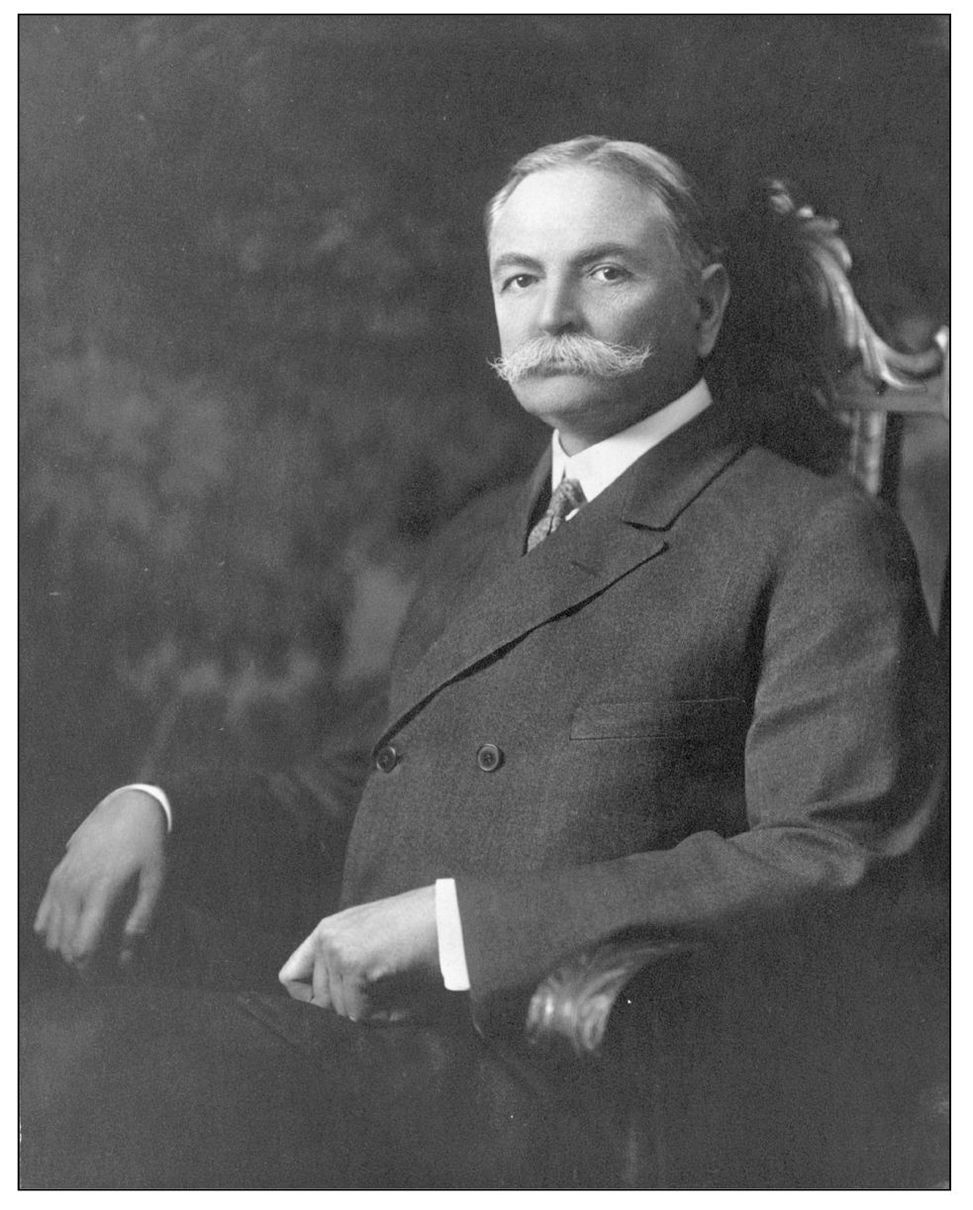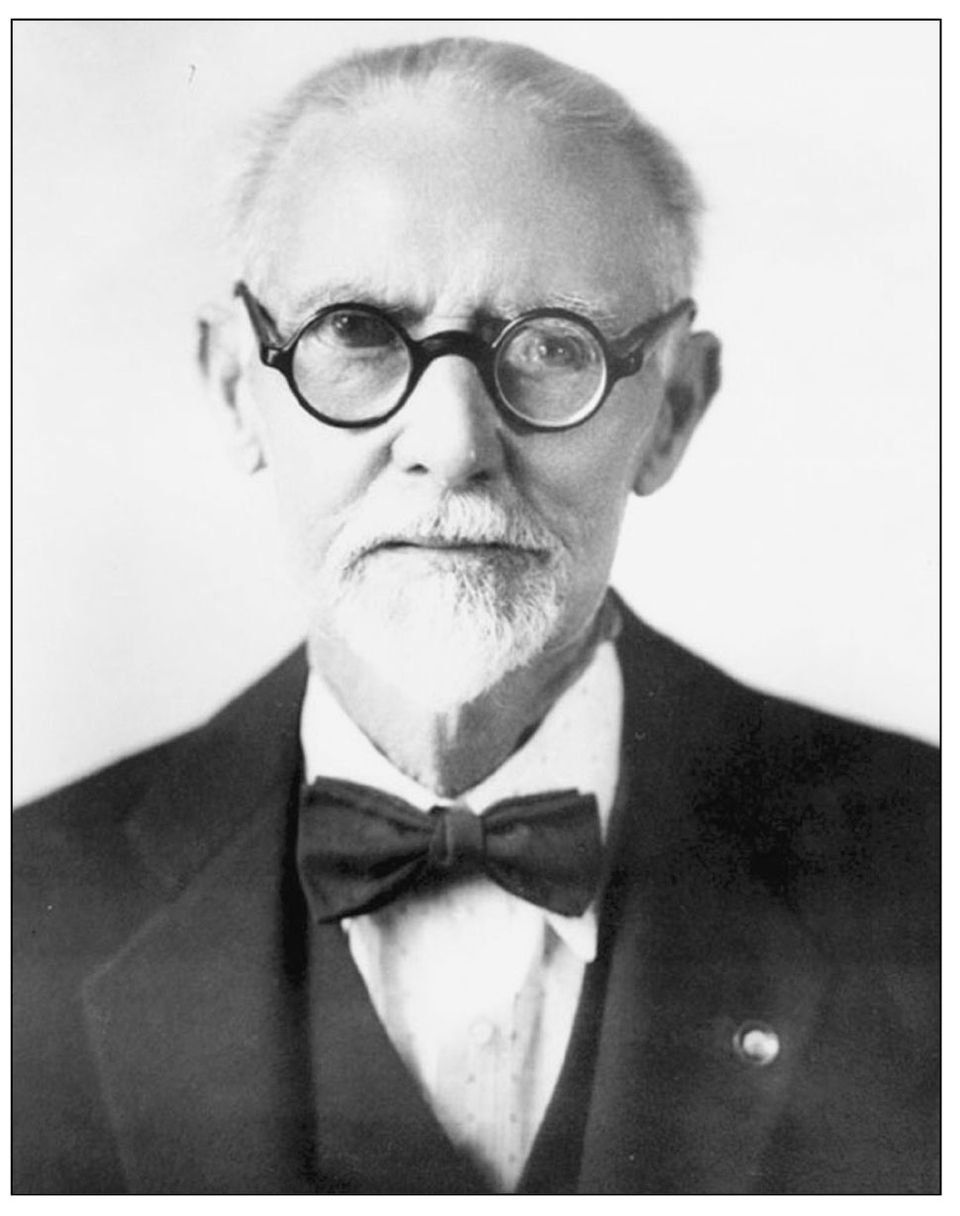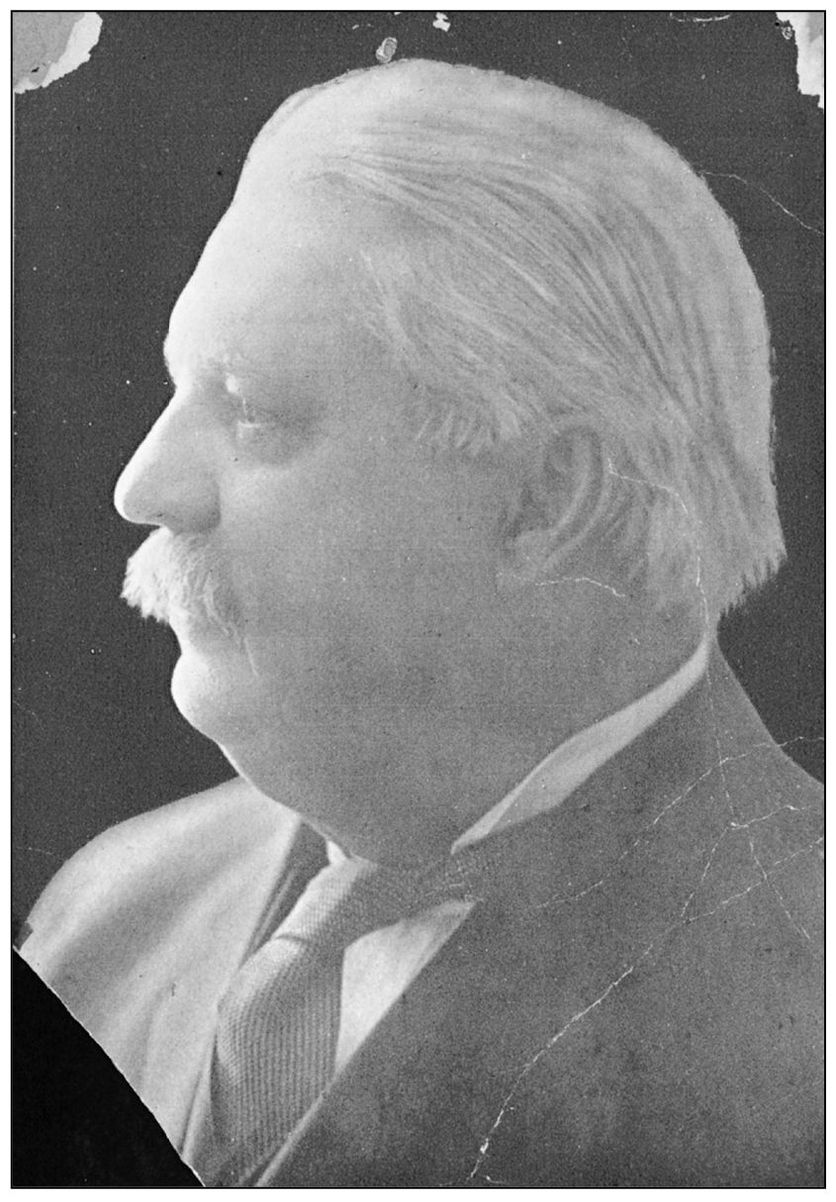To the many wonderful people who helped me with this book through their knowledge, encouragement, and contributions, I wish to say thank-you. I do wish to thank a few personally: Gerry Giordano, a friend and coworker, for all his knowledge on Arizona dams and rivers and for proofreading my introduction, I thank you so much; Maria Hernandez, Arizona Room librarian, Phoenix Public Library, for allowing me to use the James H. McClintock photographs and being a loyal supporter of this project; a special thank-you goes to Dr. James McBride for allowing me to use his photographs of the dam and for being such a great friend. I want to thank everyone at the U.S. Bureau of Reclamation in Glendale for all their help, but I especially want to thank Jon Czaplicki for all the time he spent locating the William J. Lubken photographs, which make up the majority of photographs in this book, setting up rooms for my use, and for sharing his knowledge of the dam. A thank-you goes to Donna Krzyskek at the Bureau of Reclamation for digitizing the current photographs for this book. Thank you to Lynn and Bill Haak for spending a day showing me the Gila County Historical Museum in Globe and allowing me to use whatever I needed from the museums collection. Last but not least, thank you to Jared Jackson, my editor, for all his help with the technical aspect of writing. Jared, youre a great editor.
Most importantly, I want to thank my children, Joseph, Kenneth, Elizabeth, Stephanie, and Michael, and my grandchildren, Joslynn, Joshua, Molly, and Ethan, for all their support and encouragement throughout this project. Without them, I never would have finished.
BIBLIOGRAPHY
Ayres, James E., et al. Historical Archaeology of Dam Construction Camps in Central Arizona. Research Paper No. 11. Phoenix, AZ: Dame and Moore Intermountain Cultural Resource Services, 1994.
Douglas, Earnest. A Dream that has Come True. Arizona: The New State Magazine, March 1911, 37.
Ester, Charlie. Upgrading an Aging Roosevelt Dam. Southwest Hydrology, March/April 2006, 3031.
Hantman, Jeffrey L., and Jeanette A. McKenna . ORourkes Camp: Social Archaeology of an Early Twentieth Century Construction Town. Phoenix, AZ: Office of Cultural Resource Management Department of Anthropology, Arizona State University, 1985.
Jackson, Donald C. Historic American Engineering Record: Theodore Roosevelt Dam . Loveland, CO: FRASERdesign, 1992.
James H. McClintock Manuscript Collection. Arizona Room, Phoenix Public Library, Phoenix, AZ.
McClintock, James H. Arizona: Prehistoric-Aboriginal-Pioneer-Modern . Chicago: S. J. Clarke Publishing, 1916.
Rogge, A. E., D. Lorne McWatters, Melissa Keane, and Richard P. Emanuel. Raising Arizonas Dams: Daily Life, Danger, and Discrimination in the Dam Construction Camps of Central Arizona, 1890s1940s . Tucson, AZ: University of Arizona Press, 1995.
Smith, Karen L. The Magnificent Experiment: Building the Salt River Reclamation Project, 18901917 . Tucson, AZ: University of Arizona Press, 1986.
Taming of the Salt . Phoenix, AZ: Salt River Project, 1979.
www.usbr.gov/dataweb/dams/az
Vandegrift, F. L. Dedication of Roosevelt Dam. The Earth, April 1911, 25.
Zarbin, Earl. Roosevelt Dam: A History to 1911 . Phoenix, AZ: Salt River Project, 1984.
Find more books like this at
www.imagesofamerica.com
Search for your hometown history, your old
stomping grounds, and even your favorite sports team.
One
THE MEN WHO BUILT A DAM
Theodore Roosevelt was an irrepressible outdoorsman and an ardent conservationist who felt an attachment to the American agrarian ideal. Upon becoming president on September 14, 1901, following the assassination of President McKinley, Roosevelts first message to Congress stated: great storage works... [had] been conclusively shown to be an undertaking too vast for private efforts,... it is as right for the national government to make the streams and rivers of the arid region useful by engineering works for water storage as to make useful the rivers and harbors of the humid region by engineering works of a different kind. On June 17, 1902, Pres. Theodore Roosevelt signed the Hansbrough-Newlands Reclamation Act into law. In this photograph, Roosevelt is standing on the shore of Roosevelt Lake. (Courtesy U.S. Bureau of Reclamation.)
Benjamin Austin Fowler was a New York City lawyer who came to Arizona in 1899 hoping to become a gentleman farmer. In order to farm, Fowler needed a reliable supply of water and thus began a 17-year fight to establish a water reservoir on the Salt River. Fowler, as the first president of the Salt River Valley Water Users Association, was largely responsible for the construction of Roosevelt Dam. (Courtesy Phoenix Public Library.)
George Maxwell, a California lawyer, came to Phoenix in 1896 to speak at the National Irrigation Congress and stayed for the remainder of his life. Maxwell fought hard to persuade Congress to pass the Hansbrough-Newlands Reclamation Act of 1902, and it was he who had five very important words added to the act: And Lands in Private Ownership. (Courtesy Phoenix Public Library.)
James H. McClintock came to Arizona in 1879 and lived in the state until his death in 1934. McClintock was a member of the first survey expedition of the Salt and Verde River watersheds, was an outspoken proponent of water issues through the publication of articles and pamphlets, and represented Arizona on the National Irrigation Congress. (Courtesy Arizona State Library, Archives and Public Records, Archives Division, Phoenix, No. 97-7055.)
John Orme came to Arizona for his health in 1877. He established a ranch in the Salt River Valley, was one of the builders of the Maricopa Canal, and worked for the formation of the Salt River Valley Water Users Association and the building of Roosevelt Dam. In 1904, Orme became a member of the governing board of the association and its second president in 1910, serving until May 1918. (Courtesy Phoenix Public Library.)
Judge Joseph H. Kibbey moved his family to Arizona in 1888 upon becoming the lawyer for the Florence Canal Company. Kibbey was hired by the Water Storage Committee to draft the articles of incorporation of the Salt River Valley Users Association in 1902. Edward Peplow wrote of Kibbey, His greatest achievement... the document that changed the Salt River Project from a desperate hope into a very, real, lively, and productive organization. (Courtesy Phoenix Museum of History.)

